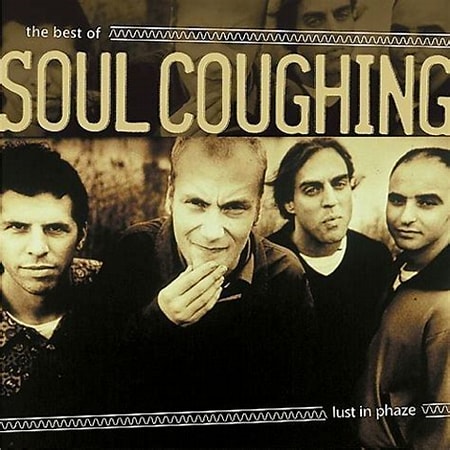
www.upworthy.com
Lexis Redd D'Ville is bringing drag queens mainstream in the Deep South
Given some of the laws being passed in the southern half of the country, it's easy to assume events like drag brunch would be met with disapproval. But Autherius Lawson has been bringing drag to the Mississippi Gulf Coast for years, even in the midst of other southern cities attempting to outright ban drag performances.Lawson performs as Lexis Redd D'Ville and has a thriving company, Lexis & Friends Entertainment. The queens are always booked and busy in a region of the country people wouldn't expect, that is, unless you're local. Lawson has been selling out his signature Drag Brunch since 2019 at White Pillars, an upscale restaurant in Biloxi, Mississippi. When D'Ville saunters to the middle of the dinning room there is no shortage of excited cheers. But the thing that likely keeps patrons coming back outside of the fabulous song choices and amazing costumes–is the laughter. If you have nothing else while at one of D'Ville's events, you'll have a good time. Since his first drag brunch across the street from the Biloxi beach, Lawson has expanded his operations to New Orleans, Louisiana, also hosting events in Hattiesburg, Mississippi, which is about an hour north of where he got his start. More drag queens have been added to his roster of entertainers, seemingly leaving Lawson with little time to sleep. The entrepreneur not only hosts drag brunches in two different states, but he also puts on traditional drag events at bars and other entertainment venues. On top of hosting his own events, Lawson is the show director for Sipps Bar in Gulfport, Mississippi and the New Orleans House of Blues. Lawson tells the Associated Press, "I will say that I have prided myself on taking the chances and kicking open the doors people would not have expected."But the Mississippi Gulf Coast is not only a tourist area but home to Keesler Air Force Base and a Naval Construction Battalion Center, creating a unique eclectic culture of its own. White Pillars is able to rake in profits from the partnership they have with Lawson, and Ms. D'Ville gets to show the Bible belt what drag is really about. View this post on Instagram A post shared by Big Ea[t]sy | New Orleans Foodie (@big.eatsy) “The clientele seemed to really enjoy it, something they’re not used to, which was also one of my goals: to put drag in front of people who have never seen it before, because I have a firm belief that ignorance breeds fear and fear breeds hate, which leads to a society we can’t live in,” Lawson explains to the AP.The brunches bring in crowds ranging from bridal parties to elderly couples, all well prepared with a stack of one dollar bills to tip the queens. D'Ville's "friends" come from all over the Deep South, from Shreveport, Louisiana to Mobile, Alabama. View this post on Instagram A post shared by Lexis Redd D'Ville NOLA DRAG QUEEN (@lexisdville) They pride themselves on making sure everybody has a good time, mixing up their themes, music and costumes. Some of the costume changes happen before your eyes leaving customers wondering if the drag queens might be a little magic. There's no telling what kind of crowd the queens might encounter: a granny with better knees than a 25 year old dancing with her bottomless mimosa above her head or a group of guy friends laughing after being personally serenaded.As Lawson's drag queen empire expands taking him to new cities, he still makes time to sell out shows at the White Pillars every third Sunday.















 Bitchute
Bitchute

